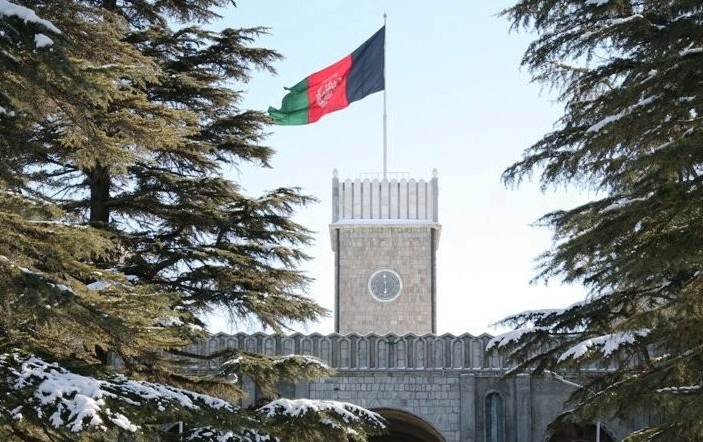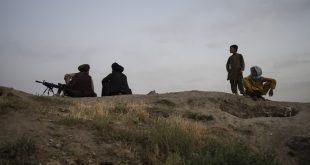Insecurity has become a walking and raging beast killing whoever comes it chooses and not. There is no exit or escape because the National Unity Government had proved itself as a failed government on every front. Fall of Kunduz and Khanshin to the Taliban and construction of gates at Torkham and Angoor Ada by Pakistani forces are the signs of a failed government in Kabul. The authorities in the hall of powers may celebrate the military operation in Kot district against Daesh as a victory, but it is still far away because the terrorist group has not been eliminated. One easy step does not guarantee unhampered journey, especially when the policies have loopholes.
The war has been fought in major cities and provinces of the country. If the strategies were successful, the Taliban and Daesh would have no ability to attack targets in the capital city, Kabul. The militant groups are not only fighting in provinces but they have brought the violence to the power center. Attacks on the peaceful demonstration in Dehmazang which claimed lives of 80 innocent people and left 230 others injured, and on a guesthouse on Monday at 1:25 a.m. is not a good omen. Violence has entered the capital city. The policymakers should be concerned because both foreigners and locals are worried over growing insecurity.
The US and Afghan government have to accept the bitter reality that despite killing the leader of the Taliban, Mullah Mansour, in a drone strike, the militant group has showed no sign of weakness. They are engaged in a battle with security forces to seize control of Nad Ali district of Helmand province. Earlier, they seized control of Khanshin district in the volatile province which was retaken by the security forces. On Sunday the Independent Directorate of Local Governance (IDLG) expressed concerns rapidly growing insurgency in over 30 percent of all districts in the country. The IDLG, which appoints governors and monitor their performance, said that 384 districts in the country are under threat. Not surprisingly, the government has no writ in 10 districts.
The Taliban control Disho, Baghran, Musa Qala and Nawzad districts of Helmand; Khak Afghan district in Zabul province; Neka in Paktika province; Nawa in Ghazni province; Warduj and Yamgan in Badakhshan province; and Kohistanat district in Sar-e-Pul province. According to reports, 116 districts are on the verge of collapse to the insurgents. The Taliban have stronger say and presence in Kunduz’s Dasht-e-Archi, Qala-e-Zal, Chahardara, Gortepa, Aqtash and Kulbad districts than the government.
Despite lack of modern military hardware and financial resources, Afghan security forces have proven their mettle in the battles against terrorists and local insurgents. However, the major problem they are facing is the unskilled leadership. Without wise leadership, the country cannot see peace and stability. To provide the required leadership and pull the country of the ongoing crisis, it is time to convene the Loya Jirga. Some foreign and local actors have opposed the Loya Jirga because they see their own interests at stake. However, it is the only solution to deal with the existing security, political, social and economical challenges. Those who are against the Loya Jirga are not concerned about problems of Afghan people. Therefore, the people shall show unity and oppose the opposing forces to steer the country in the desired direction.
 Afghanistan Times
Afghanistan Times




